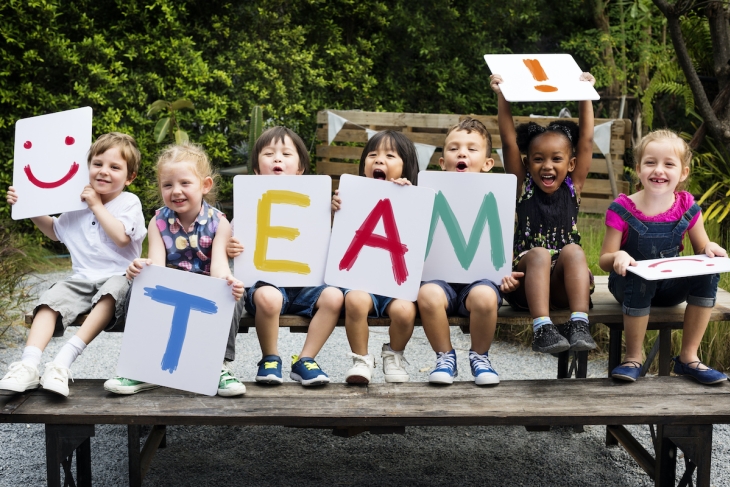While education reform conversations about social and emotional learning (SEL) often include the value of interpersonal skills in creating and maintaining relationships, a new report from the American Enterprise Institute calls for increased emphasis on expanding student access to relationships and networks. From peer mentoring to group projects, discussions with guest speakers to video chats with experts, or job shadows and internships, schools can provide opportunities for students to form new relationships. In this way, SEL can unlock access to social and professional networks that would otherwise be out of reach.
Author Julia Freeland Fisher examines the potential harm in concentrating on SEL skills at the expense of network building. She claims that even if students possess the interpersonal and intrapersonal competencies to thrive socially, they can’t put those skills to use if they’re not a member of existing networks. And because one’s access to networks largely depends on one’s family, community, and geography, the focus placed on improving skills perpetuates a “myth of meritocracy,” ignoring the role that relationship access plays in increasing opportunity.
She also cautions that excessive attention to improving school climates—without cultivating students’ out-of-school relationships—may lead to school buildings that are insular to the point of isolationist. Although developing tight-knit relationships and school communities is one important goal of SEL, another should be forming connections beyond school to broaden students’ long-term options in their professional lives and build their social capital.
Fisher offers five recommendations for achieving balance between teaching SEL skills and opening up access to relationships. One is to expand our perception of relationships—treat them as SEL outcomes, rather than as sole inputs for skill development. Another is to utilize SEL tools that teach and assess skills in authentic peer-to-peer and student-teacher relationships instead of through simulations (to level the playing field for students with fewer opportunities and less robust networks). Third is to diversify students’ professional networks through connections with community members and industry experts. Fourth involves determining which relationships and SEL competencies align with one another so that schools can adopt SEL approaches with specific intent, e.g., empathy fosters tolerance, and communication skills enable productive participation. Finally, Fisher suggests that SEL researchers conduct studies at the intersection of SEL, youth development, and social network analysis in order to gather data on the interaction of skill and network development.
For advocates, practitioners, and leaders, this report shows how SEL can be used as a tool for alleviating (or exacerbating) inequality. Framing the national SEL conversation around the development of skills alongside increased access to networks could help ensure that all students gain the social competencies and supportive connections needed to succeed in their academic, personal, and professional lives. Thus, future investment in SEL should mean investing in skills and relationships.
SOURCE: Julia Freeland Fisher, “Can social and emotional learning models aim to create relationships?” American Enterprise Institute (January 2020).


